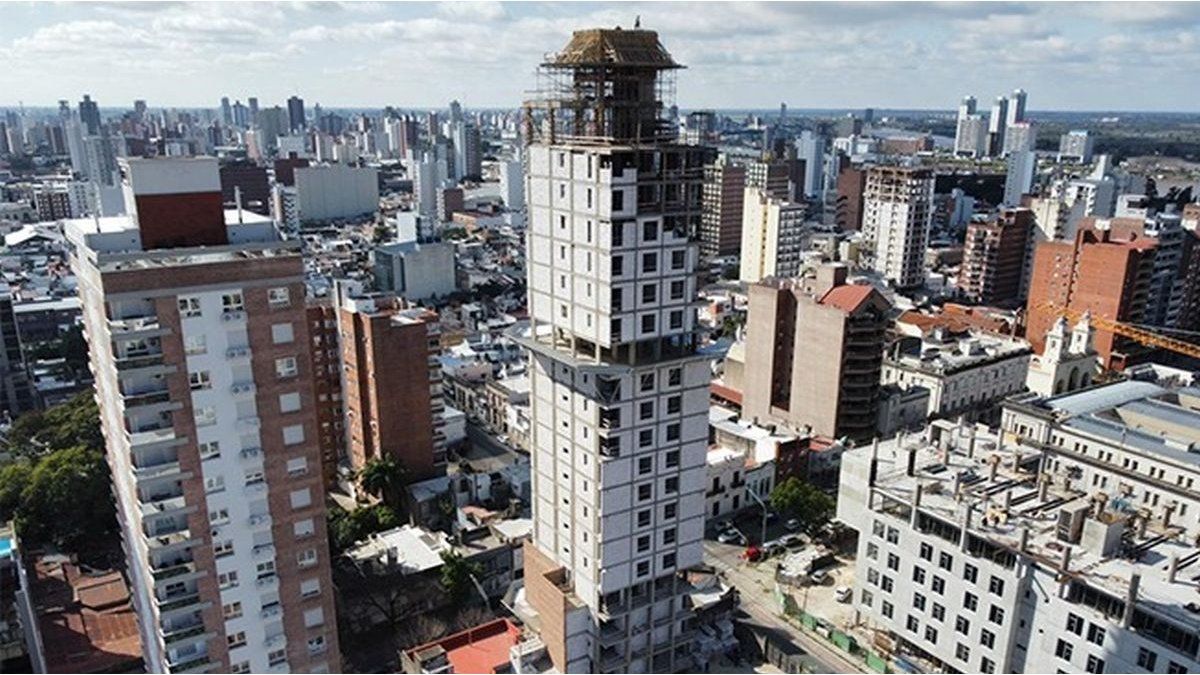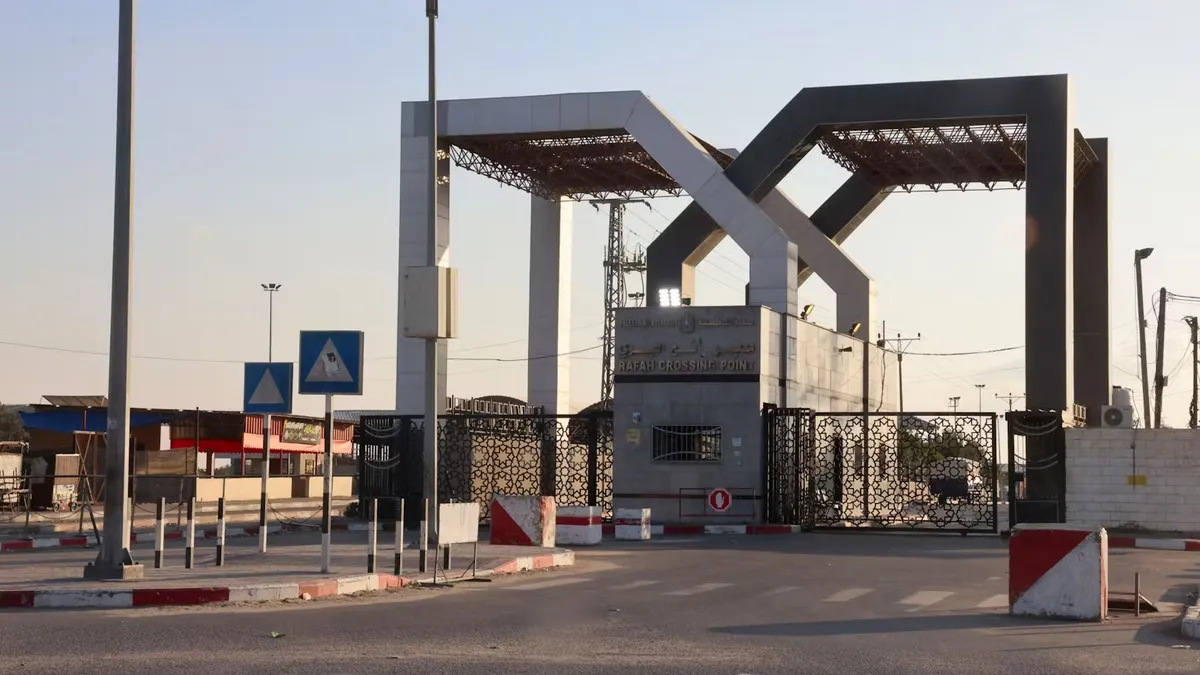The sustainability It is an axis increasingly addressed by industries, and construction is no exception. The works that are built today are our legacy at least for the next 70 or 80 years, which is why More and more companies are working to develop more efficient construction methods, both in materials and in processes and finished projects.. And if we talk about sustainable construction, energy efficiency undoubtedly goes hand in hand.
The market is already showing signs of a trend towards sustainable construction. A recent report from the Argentine Chamber of Construction reveals that 72% of real estate projects in the country in recent years incorporate elements of sustainable construction in both their designs and developments. However, there is still much to do. Among the challenges, it is important to start working in greater depth on the energy impact of inefficient buildings now.
It is proven that thermal insulation in walls provides many benefits to advance this change in construction paradigm. It is sustainable, since it contributes to a lower environmental impact by reducing energy consumption. Likewise, this leads to a reduction in the expenditure of energy services for the end user and, in parallel, reduces the necessary investment by the State in the generation and distribution of energy, due to the reduction in residential consumption.
The elevation of insulating walls and roofs with equal performance, added to the use of double insulating glass, significantly improves the energy efficiency of homes. These construction techniques minimize heat losses and gains caused by temperature differences with the outside, thus contributing to maintaining a stable interior temperature and optimizing energy consumption.
In other words, when designs and developments are sustainable, the need for heating and cooling decreases, while reducing utility bill amounts. On the contrary, an energy inefficient building or home subjects the owner or tenant to energy consumption that will significantly increase the cost of maintenance.
We have already become familiar with the energy efficiency labeling of household appliances, a key tool to know the level of energy consumption of each appliance. In dialogue with the Argentine Chamber of Construction, energy efficiency specialist Salvador Gil highlights that when you buy an appliance such as a refrigerator or a lamp, what you are buying is a service. Therefore, when making the purchasing decision, the cost of energy must also be considered. Investment in more efficient designs, which may have a 10% higher initial cost, ends up translating into greater savings, both in energy and in the cost of a service that will be lower.
Tools such as home labeling also contribute to a more conscious decision when buying or building a property, or even when carrying out an extension or renovation. In our country, Santa Fe was the first province to sanction, 5 years ago, its own law on energy efficiency labeling in existing properties or in construction projects intended for housing. Last year, the National Housing Labeling Program began to be implemented, to which Catamarca, Chubut, Córdoba, Entre Ríos, La Pampa, Río Negro, Salta, San Juan, Santa Cruz, as well as Santa Fe, joined. The region, such as Brazil, Chile and Mexico, are also advancing with initiatives of this type.
Another fact to take into account when defining investments to build: in the future, the value of the property will not only be understood by the location and the m² built, but will also be given by the quality of the materials used and the insulation. offered. It is essential to consider a greater initial investment in favor of greater energy efficiency, considering that, currently, this is a growing demand on the part of the buyer when purchasing a property.
Gustavo Albareda, General Manager of Ardal SA and Leonardo Naumovitch, Commercial Manager of Retak
Source: Ambito




